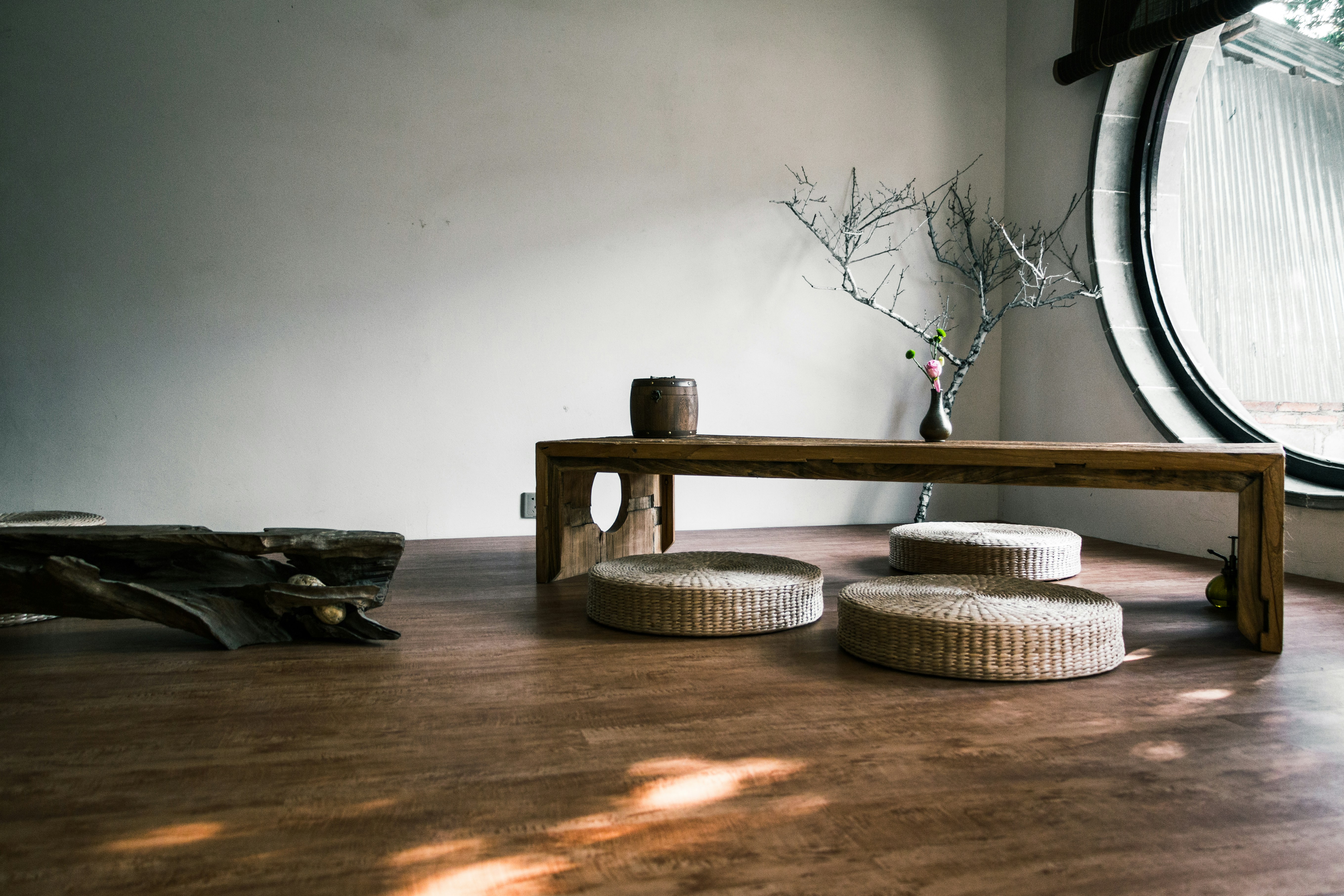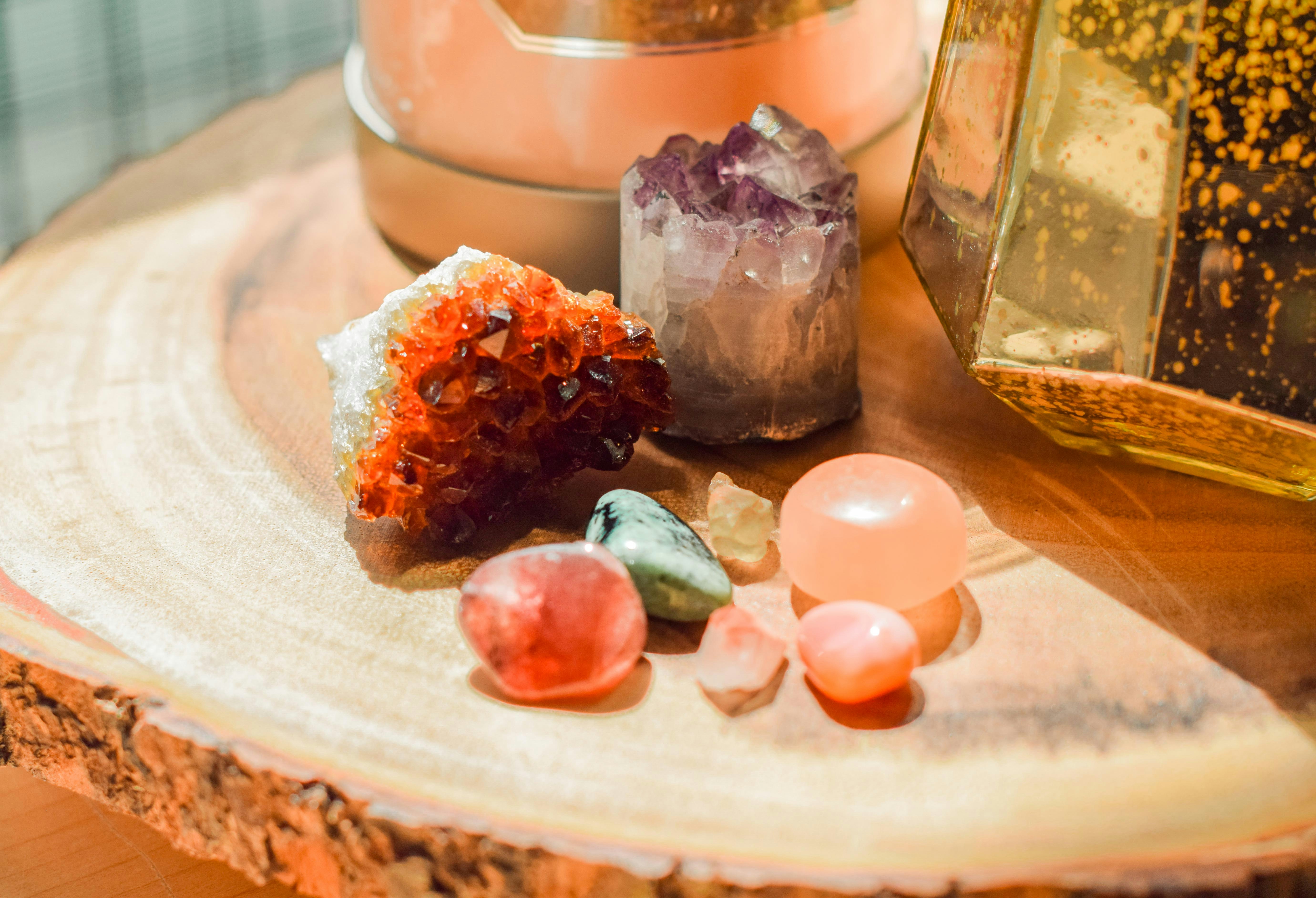Foraging Design: Incorporating Found Objects into Your Home Aesthetic
Tucked away in rural corners, city streets, and neighborhood thrift stores are discarded treasures just waiting to be repurposed. Not only does this discovery process give everyday objects a second shot at usefulness, but it also has the potential to revolutionize the way you build and style your interiors—welcome to the world of Foraging Design.

Scavenging for Style: The History of Foraging Design
The concept of Foraging Design isn’t new—it dates back to times of scarcity when people were forced to make the most of what they had. This necessity sparked creativity, leading to homes that were brimming with personality, character, and memories. Everything from barn door headboards to bottle-incorporated walls made their way into the homes of resourceful individuals.
Over time, this practice evolved from necessity to deliberate choice as many found joy and satisfaction in repurposing and crafting. As the throwaway culture grows, Foraging Design returns as an authentic and sustainable approach to home decoration.
Reaping Rewards: Present-Day Foraging Design Trends
Today, Foraging Design trends have advanced to include items from places beyond the natural landscape. Besides scouring the woods for tree branches that might serve as rustic curtain holders, modern-day foragers also scout local swap meets, flea markets, and online resell platforms for potential decor materials.
One popular approach is transforming antiques into unique fixtures. An old ladder can find new life as a bookshelf, while a classic typewriter might serve as an artistic centerpiece.
Practicality Redefined: Living with Foraged Decor
While foraging for home decor might seem like a quaint pastime, the practice aligns well with the demand for affordable and eco-friendly home options. When given a little care and creativity, castoffs can become unique, personal, and practical elements in modern homes.
Using foraged items for decorative purposes offers a significant cost saving. By repurposing old objects, you can save money that you would have otherwise spent on expensive, mass-produced items. Moreover, you contribute to reducing waste, as fewer resources are required for manufacturing new products.
From Trash to Treasure: Advantages of Foraging Design
Basing decor on found items often results in an aesthetic that is uniquely yours. Each piece tells a story, adds texture, and exudes individual personality that brand new items fail to capture. Moreover, research shows that surrounding yourself with items you’ve personally found or created can increase feelings of satisfaction and comfort—benefits that certainly enhance home living.
A New Path to Decor: Techniques of Successful Foraging
Successful foraging requires a keen eye, creativity, and technique. Start small with a single project and gradually expand your repertoire. Seek inspiration in nature or everyday items and consider new uses for old things. The possibilities are endless, and the reward of crafting a space that is uniquely yours is almost immeasurable.
Foraging Design reflects a return to authenticity and individuality in decorating while promoting reduction of waste and materialism. This trend might just be your key to creating a more personal, sustainable, and economical home space.




